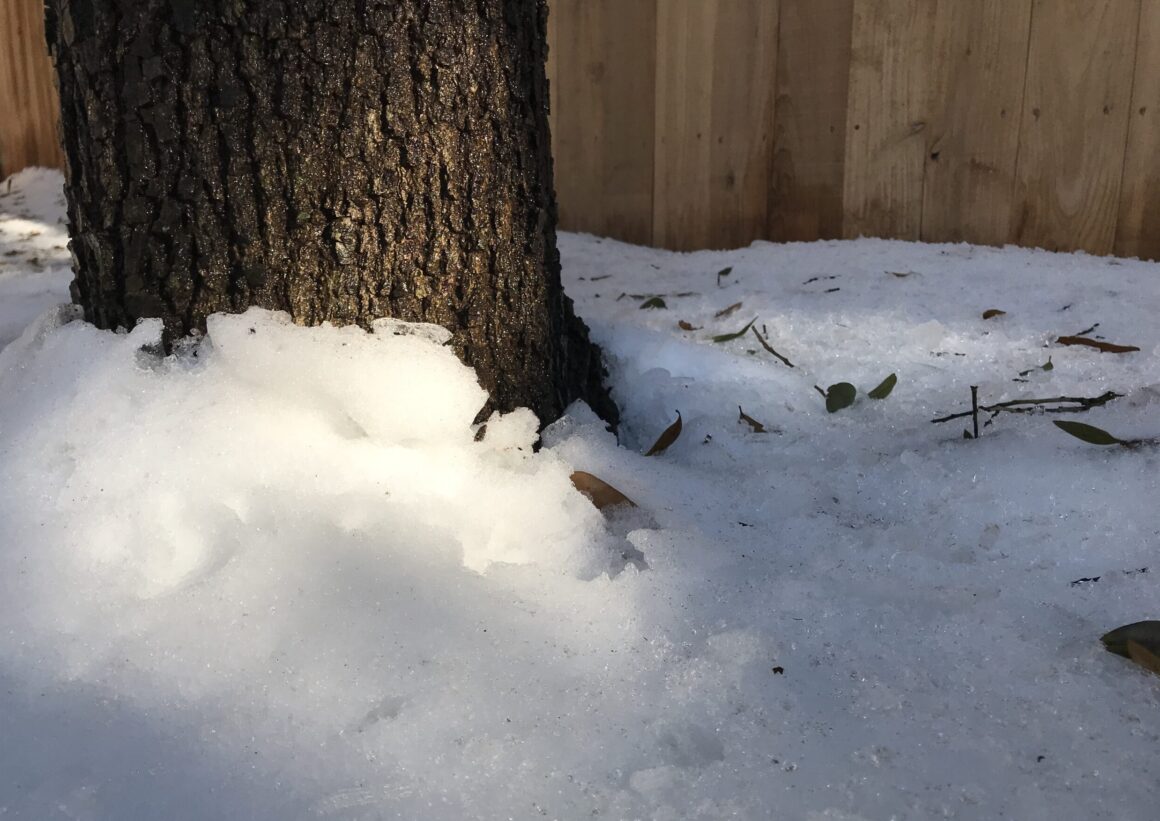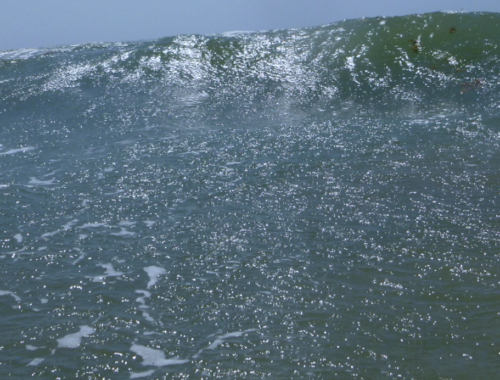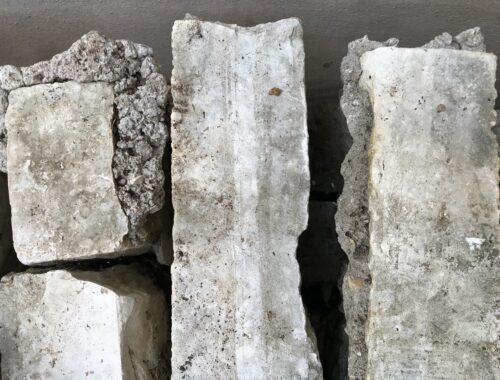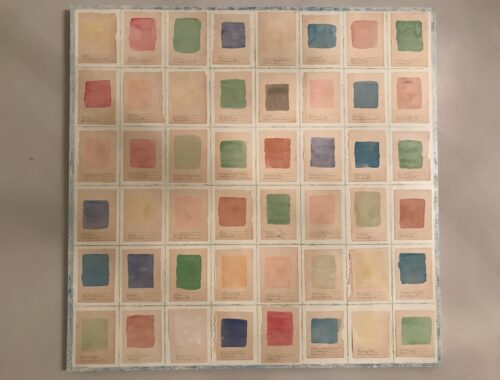
Maslow’s Hierarchy of Needs
It seems absurd, really, when you’ve grown up in Alaska and lived in Chicago—among other northern and wind-chilled places—to feel that ten days of a hard freeze seem interminable and that they’re shutting down normal life, even “normal” pandemic quarantine life. But when the power is off (a lot) and on (a little), the city’s water mains are broken and its reservoir is drained (thus, no running water in our homes), and the streets are impassable, maybe it’s not entirely ridiculous—even as you realize you’re among the lucky partnered ones in a secure house, with a stocked pantry and fireplace and sound plumbing. The ice coated the trees here in Austin last Wednesday; that was followed by more than six inches of snow and then another layer of ice as temperatures plunged; today, the branches and our roofline are dripping for the first time since then from a tentative thaw. This August will mark our having lived in central Texas for 20 years; in those decades, we haven’t experienced a winter with more than a solid week of below-freezing temperatures, much less ones in the single digits and teens for consecutive days. The news of our current weather has spread far beyond the state, perhaps because of the dramatic unpreparedness of our electrical grid and infrastructure for these sustained, far reaches of the polar vortex. (And the notoriety may also be prompted by our having produced so much fossil fuel and so many fossilized elected politicians, both of which are embarrassing us right now.) But rather than writing more about how everything’s connected and how we need to learn and implement the right lessons from this entire experience, I’m going to gather more iced snow to put into the tub to melt so we can flush the toilets.




